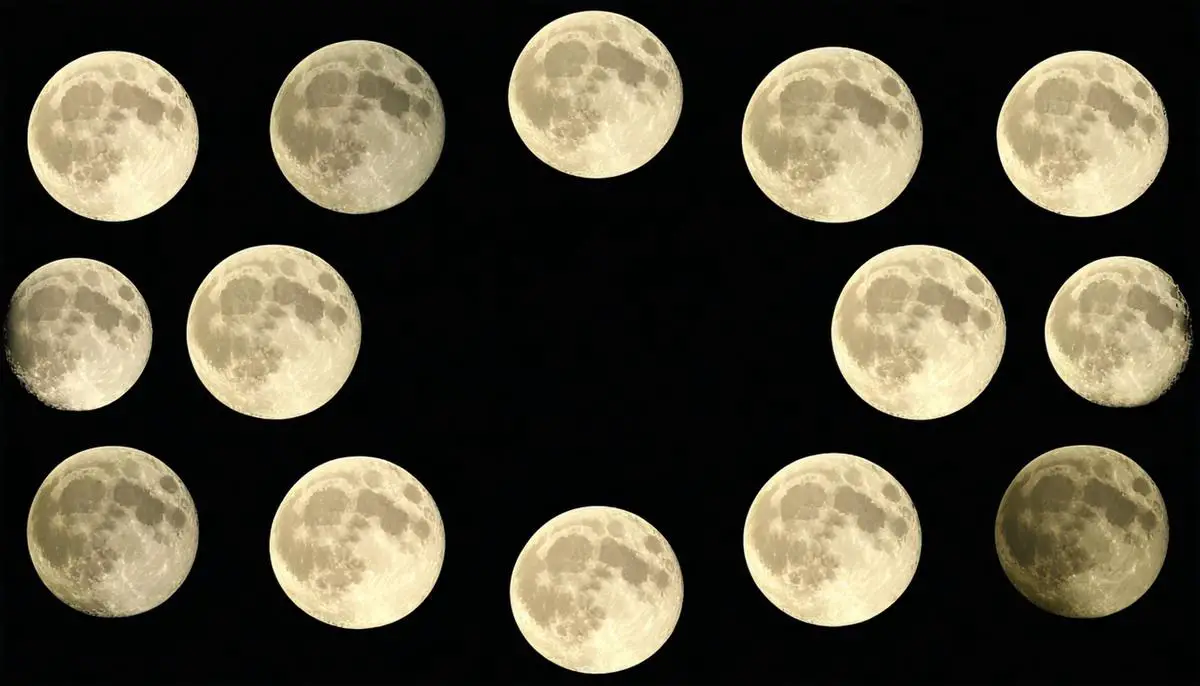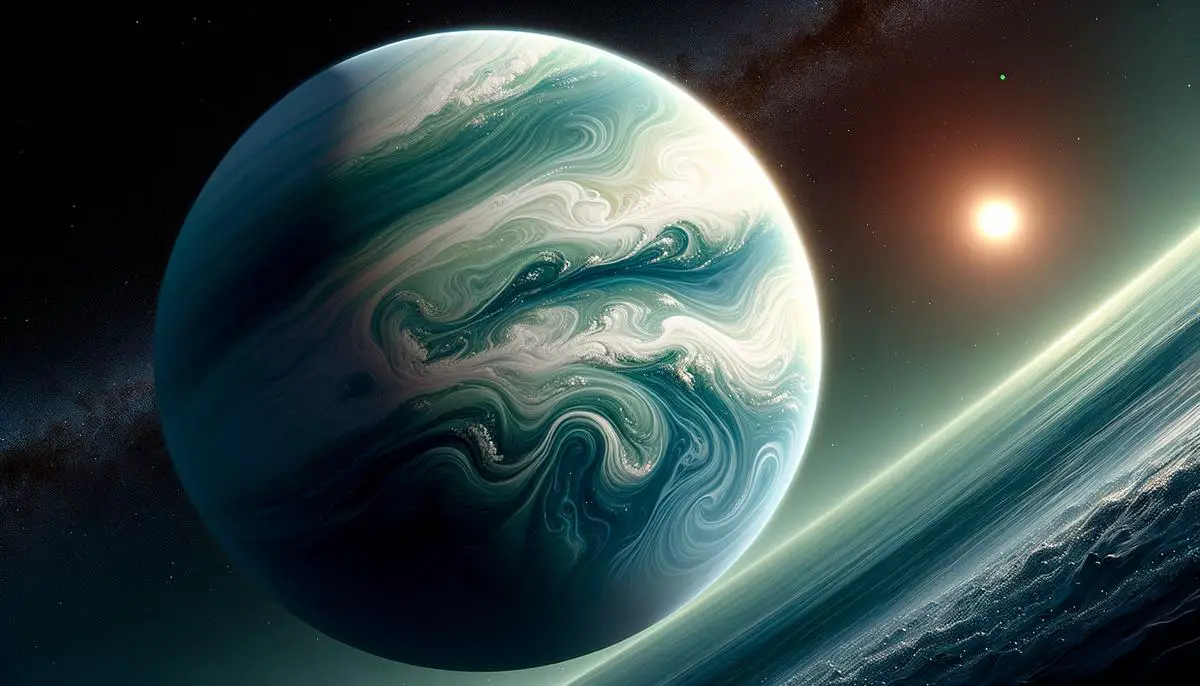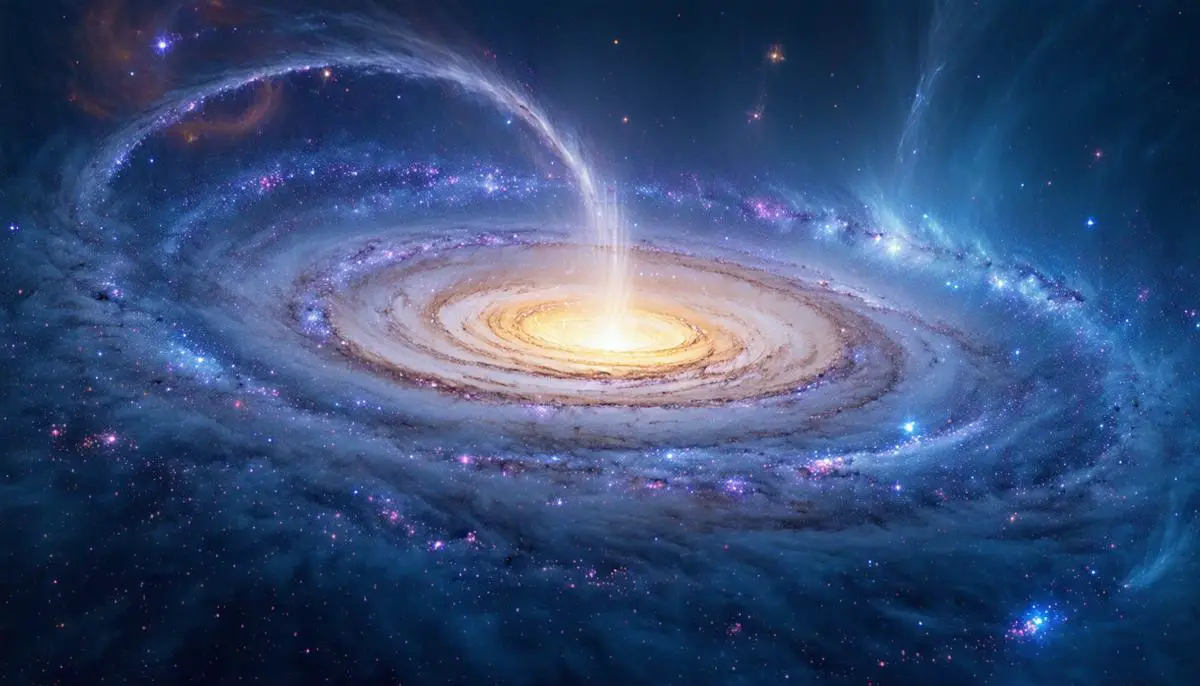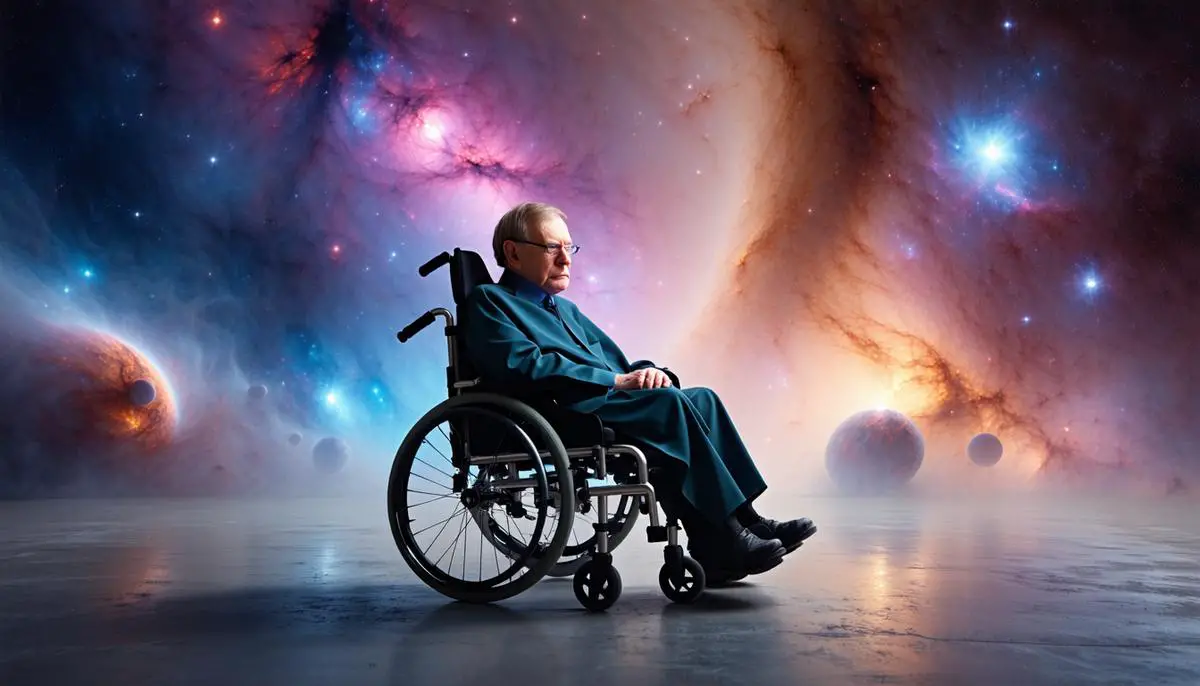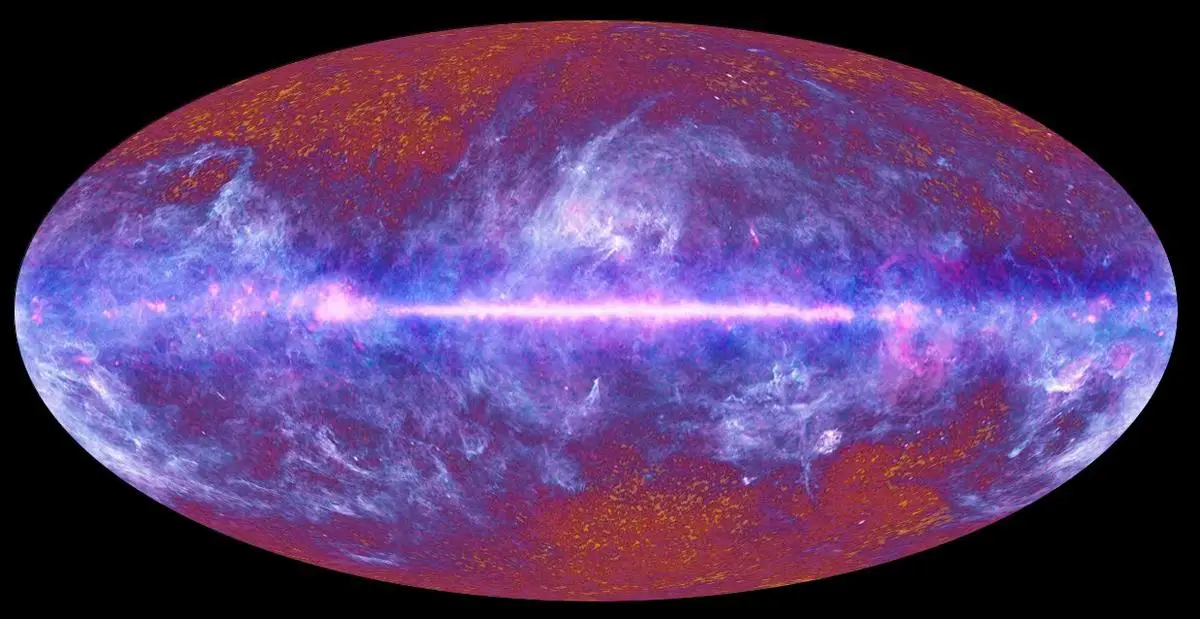Full Moon Names and Dates The lunar calendar for 2025 brings a series of captivating Full Moons, each with its unique name and significance: These names, rooted in Native American, Colonial American, and other North American traditions, reflect seasonal changes and natural phenomena. For instance, the Wolf Moon is named […]
![]()
